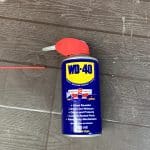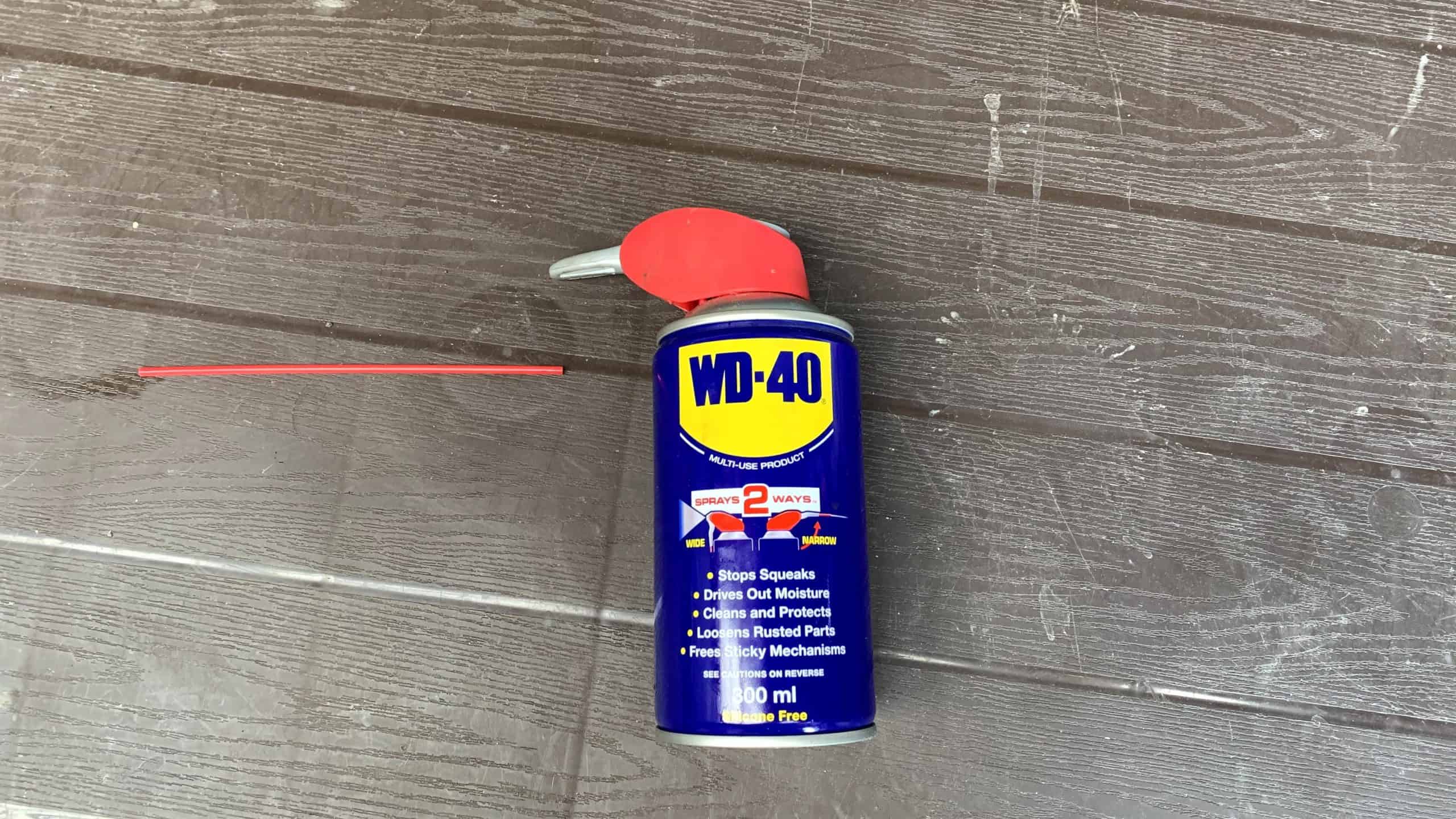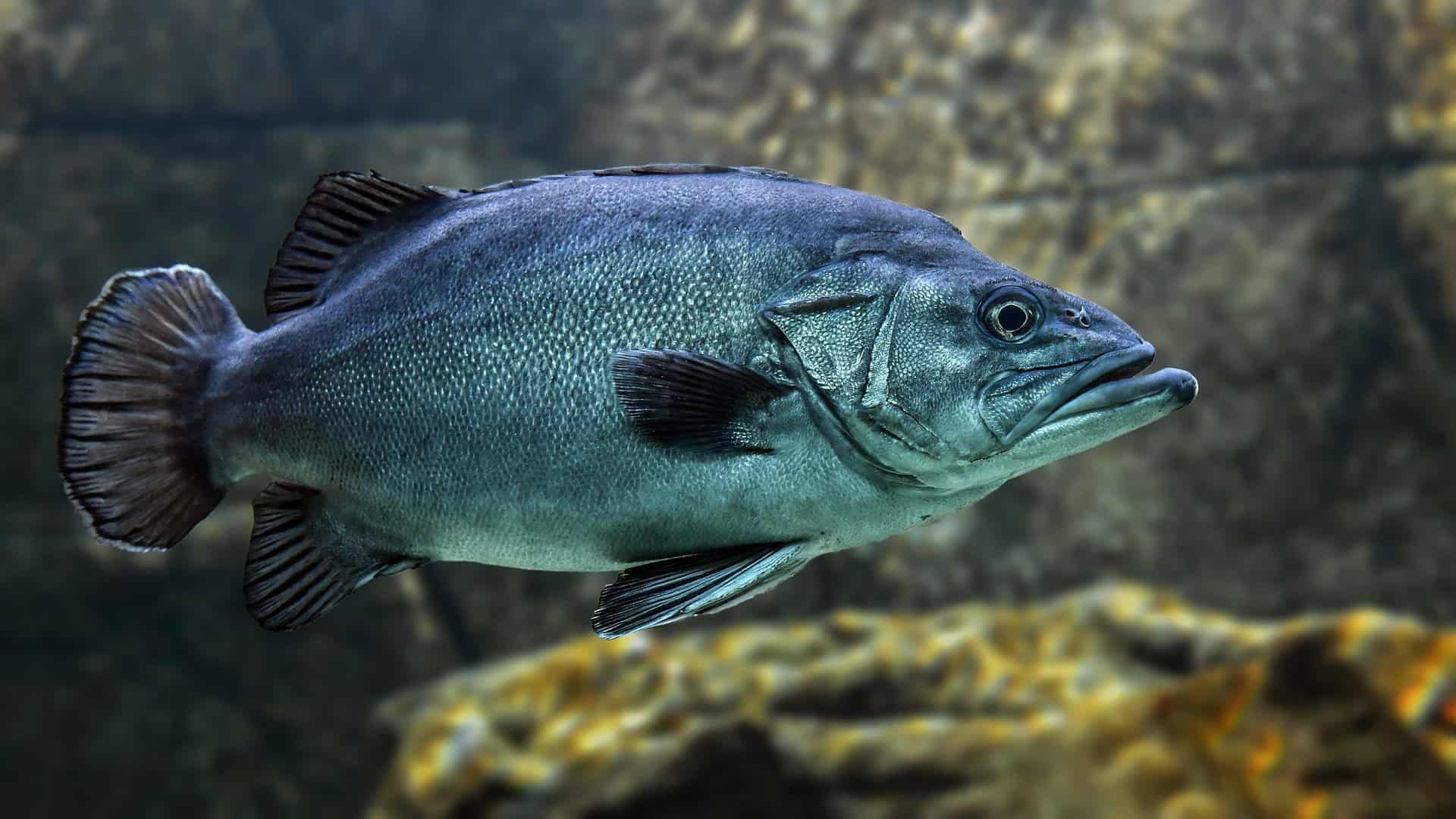Sometimes you have a lawnmower, motorcycle, or another engine that just won’t start. No matter how many times you prime it or try the ignition, you just get nothing.
Once the engine ticks over, it tends to work well, so is it ok to try and use WD-40 to start the engine?
WD-40 can function as a starting fluid or engine starter but should not be used for this purpose. WD-40 is flammable but is not designed to be a starting fluid. It can cause other issues that can damage your engine.
I’ll explain why starting fluids are better than WD-40 for this purpose and other troubleshooting tips to follow to fix an engine that won’t start. We’ll also look at what makes starting fluids more effective than WD-40.
Can You Use WD-40 To Start A Stubborn Engine?
There are many specialty products to buy that will help start an engine that just won’t start. Sometimes referred to as engine starters or engine fluid or quick start spray, they are often highly concentrated and highly flammable formulations that will help an engine to start.
WD-40 is listed as being highly flammable in its publically available data sheet. It also has other well-known properties like water displacement and lubrication which could theoretically help start a stubborn engine.
While WD-40 could work if introduced into the engine as a way to get it started, many other flammable products will do a similar job however are not recommended.
Should WD-40 Be Used As An Engine Starter?
While WD-40 could work as an engine starter, it’s probably not the best idea. The company website does not list it as a recognized use of their product.
- Not all engines are the same, and you could have some serious issues introducing such highly flammable objects into any engine you have.
It is not what the product is designed for and will likely only lead to new problems.
WD-40 operates by helping to remove water from components and adding a lubrication layer. However this can cause issues as the film of WD-40 will stay on particularly metal for quite some time, becoming a sort of liquid magnet for dust particles and other debris.
While it may be a short-term fix, it is more likely going to be masking more serious issues that can turn into a total failure for the engine.
This is why WD-40 can actually cause issues with hinges or locks in the long term. A quick spray of WD-40 may get that lock turning again, but over time it will attract dirt and gunk which gets stuck on the WD-40 and then hardens, causing the lock to become unusable.
Further, if the engine is constantly having issues and won’t start there is obviously a bigger problem that needs to be addressed.
A run-through of the common causes of engine failure would be a much better long-term solution.
Check out this popular video on why a Gas-Powered Lawnmower won’t start. It may offer up some advice for motorcycles and cars also.
Start by checking the battery, ignition switch, and starter motor. Turn your headlights on to see if they work, as they will be using the battery.
If the battery seems fine but you get an engine that just never seems to tick over, listen for clicking. Clicking when you turn your key could be the sound of the broken starter motor or a micro switch failing to set the engine in motion.
Harder to detect issues will likely need the expert services of a mechanic or other specialist. Faulty o-rings, bad filters, or other fuel supply issues such as failing carburetors will be very hard to check without taking apart the engine.
Faulty sensors which detect the fuel and air mixture will send wrong data to the onboard management system. This can result in fuel that is too rich or unable to be ignited, causing significant issues with even ignition let alone running the engine for long periods.
WD-40 may work as a starting fluid, but it’s not designed to act as a starting fluid.
What Is Starting Fluid?
Starting fluid is used to breathe some life in engines that won’t start, particularly on cold mornings. It can also be referred to as quick start fluid.
Normally it is a liquid that contains ether. Ether is a highly flammable chemical that also has medicinal properties as an anesthetic. However, due to its explosive nature, it was phased out of medical usage.
Most starting fluid comes in spray cans. It works as it ignites easier from the engine spark to turn the engine over. To use you just spray a small amount into the air intake.
Generally, you’ll have to remove your air filter and spray a small amount directly into the intake. Given its explosive nature, you should not use too much as this can damage the engine internals.
Why Won’t The Engine Start?
Certain vehicles and engines require prescribed steps to be taken.
For example, some motorcycles and boats need to be neutral otherwise they won’t start. Check the manual to find out the proper starting procedure and follow it as the manufacturer intended. Motorcycles can also have kill switches that need to be in the off position.
Sometimes the simplest solutions are the best. There is a relatively common occurrence of the vehicle no longer having enough gas in it to start. If the fuel has been sitting in the tank for a long time, it may be worth replacing it with fresh gas.
When starting the engine, you want to try to listen to narrow down what the issue is. If you can’t hear the starter motor or anything on the battery front, you should also check spark plugs as they may be dirty or misfiring.
Be careful of flooding the engine when faced with engine issues. Continually pumping on the accelerator pedal while turning the key is likely just to fill the engine up with fuel that can no longer ignite.





